What's New
Displaying results 1521 - 1530 of 4052
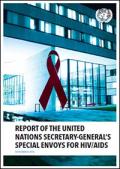
Resource | Publications,
The Sustainable Development Goals (SDGs) are underpinned by the need for greater partnership and an interconnected approach to development - a central lesson from the AIDS response and critical requirement to successfully Fast-Track towards the end of AIDS. This document is a report of the United Nations Secretary-General Special Envoys for HIV/AIDS.
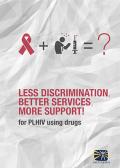
Resource | Fact Sheets,
According to MENAHRA, these are what we can do to improve adherence to treatment and access to services:
- Awareness raising and training
- Promotion of availability of services
- Service development
- Accountability and support
- Evaluation and research
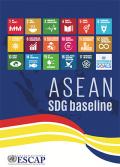
Resource | Reviews and Snapshots,
Drawing on the analyses of a limited number of indicators with available data, this snapshot aims to support discussions by policy makers on priorities in ASEAN region and actions required to achieve the 2030 Agenda for Sustainable Development.
The snapshot presents analyses to address the following two sets of questions regarding progress in ASEAN towards achieving SDGs 1-16, benchmarked against the Asia-Pacific regional target values.
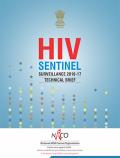
Resource | Publications,
HSS 2016-17 highlights that the HIV epidemic continues to be heterogenic in India with varied HIV prevalence by location and population. These epidemiological findings need to be taken into consideration for tailoring the responses by all stakeholders including policy makers, programme managers, research scholars, community and civil society.
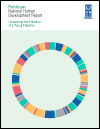
Resource | Publications,
The 2017 Pakistan National Human Development Report (NHDR) focuses on the country’s youth as a critical force for shaping human development in the country. This Report covers three drivers of youth empowerment – education, employment and engagement – with the objective of informing public policy discourse and improving the policy landscape for young people.
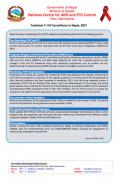
Resource | Fact Sheets,
Nepal has been monitoring HIV and STI epidemic by collecting routine data from the following sources:
- Case Reporting of HIV and STI
- Integrated Biological and Behavioral Surveillance (IBBS) Survey
- Monitoring of HIV Drug Resistance
- Size estimation of Key Populations
- HIV Infection Estimations and Projections
- HIV Surveillance
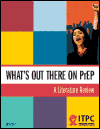
Resource | Publications,
According to the findings from this review, KPs value and recognise PrEP as additional protection against HIV infection (part of combination prevention programme). However, the perceived benefits and concerns around PrEP were motivated by the specific needs and experiences of the different KP groups. A few cross-cutting issues emerged, highlighting areas which need to be addressed for easier PrEP uptake. Among the key issues raised were concerns around safety and potential side effects, effectiveness, cost, potential adherence challenges, and the need to address all forms of stigma, discrimination and criminalisation which act as barriers to HIV services.
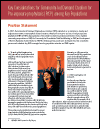
Resource | Publications,
In 2017, the International Treatment Preparedness Coalition (ITPC) embarked on an initiative to develop and implement innovative community-led demand creation solutions for access to and use of oral pre-exposure prophylaxis (PrEP) of HIV by key populations. This initiative included a preliminary literature review of global community perspectives on PrEP, the Community-led Consultative Think Tank Meeting on PrEP, and development of the Key Population Activist Toolkit on PrEP.
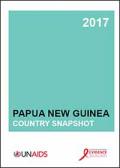
Resource | Reviews and Snapshots,
This provides an interactive report with colourful infographics and bite-size information on the HIV epidemic and response on key populations at higher risk of HIV in Papua New Guinea.

Resource | Guidelines,
The vision of the NACO is that of ‘Paving the way for an AIDS free India’ through ‘attaining universal coverage of HIV prevention, treatment to care continuum of services that are effective, inclusive, equitable and adapted to needs’. The goals remain those of the ‘Three Zeros’ - i.e. zero new infections, zero AIDS-related deaths and zero discrimination which form the basis of this strategic plan.





